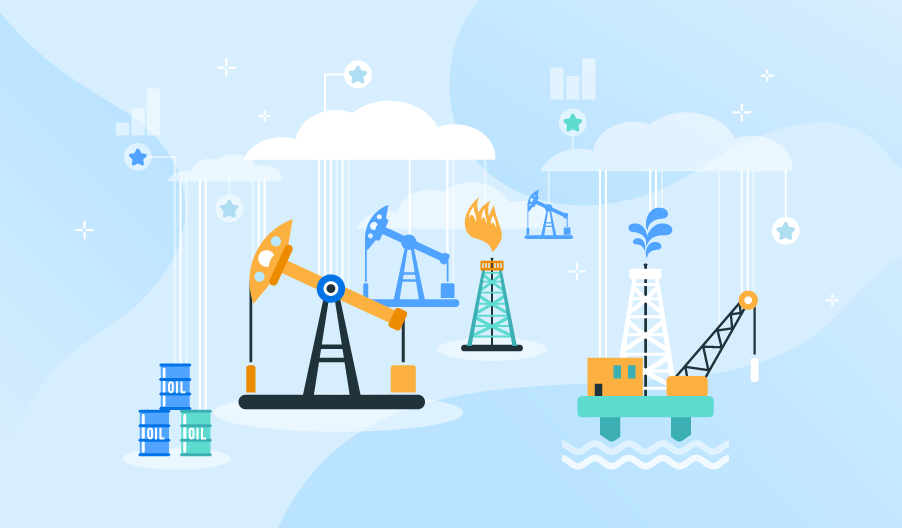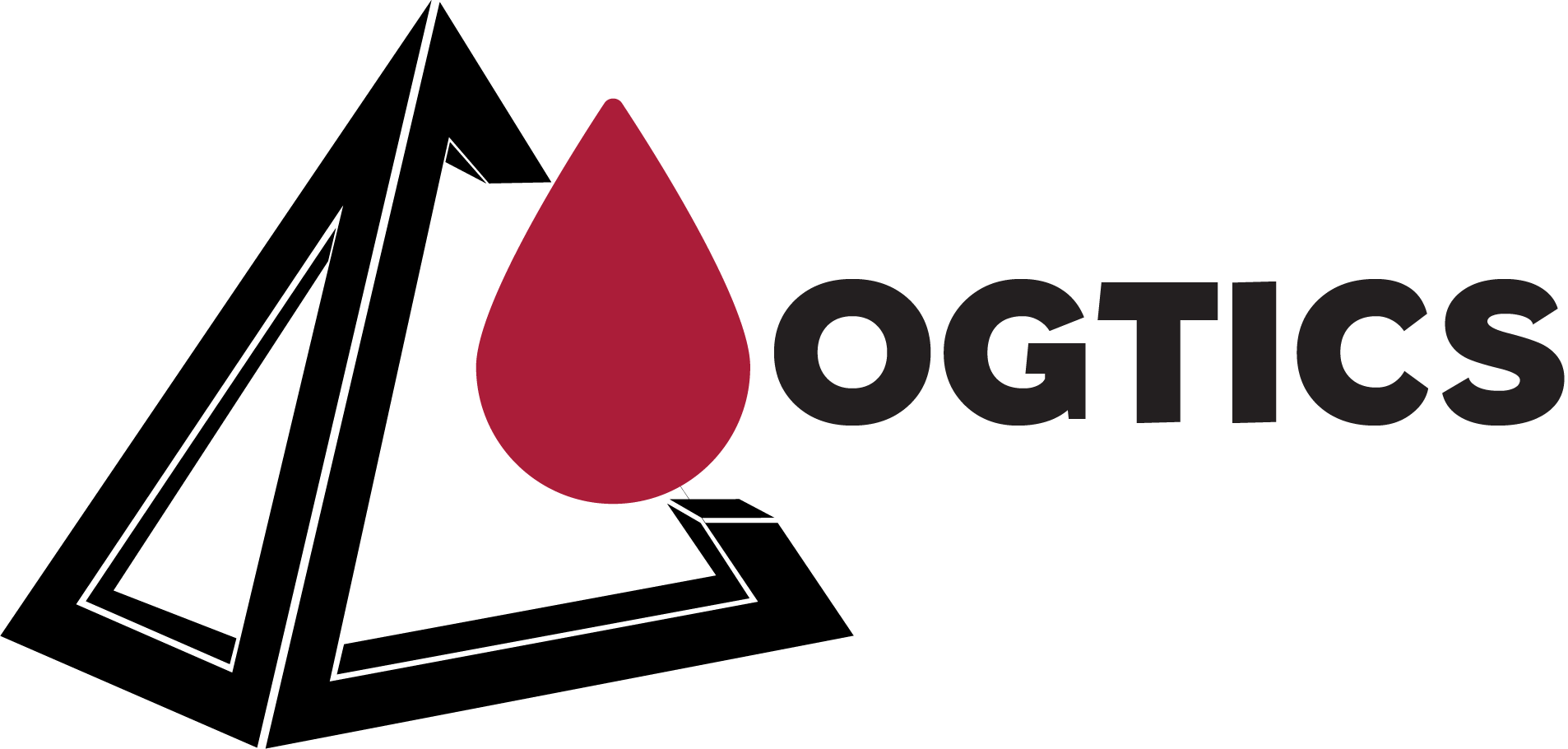
The modern business world is becoming increasingly technology-driven. Many areas, such as healthcare, have been quick to realise the possibilities. AI and machine learning in oil & gas focused sectors has been slower to establish itself. This is largely because the industry has been slow to realise the potential. However, this is slowly changing. Machine learning in oil & gas can be used to enhance the capabilities of this increasingly competitive sector. Not only can it help to streamline the workforce. The technology can also be used to optimise extraction and deliver accurate models.
Using Machine Learning to Provide Well Placement Solutions
Traditionally determining well placement has involved a reservoir simulator being used a function evaluator. This is both time-consuming and expensive. A data driven model is a more accessible, quicker and more accurate alternative. It is also able to create models in complex situations and inaccessible areas. Machine learning approaches will solve the inefficiencies of traditional reservoir simulators. By including connectivity networks data related to spacing, coverage and well-to-well connectivity is also utilised. This increases the amount of accurate, real-time, useful information that can be analyzed. This, in turn, improves geological realisations in modelling. This application of machine learning in oil & gas exploration and extraction allows for a quicker, more accurate process. This, in turn, will help to make the process more efficient.
Drilling Automation
Drilling can involve a great number of people all trying to carry out their individual, complex tasks. Each of these tasks must be carried out safely and correctly, often within a set time frame, for the rest of the operation to run smoothly. Being able to access real-time information detailing all the operations is a valuable tool. Applying machine learning in oil & gas extraction in this way makes the industry safer and more efficient. Today modern rigs are equipped with a number of sensors. These can measure all the relevant parameters connected with vessel and drilling operations. The sensors are also able to monitor the actual hole as drilling takes place. Coupled with machine learning in oil & gas applications engineers are able to make advanced interpretations of computer-based video information. This can be done quickly and efficiently, meaning that little time is lost.
